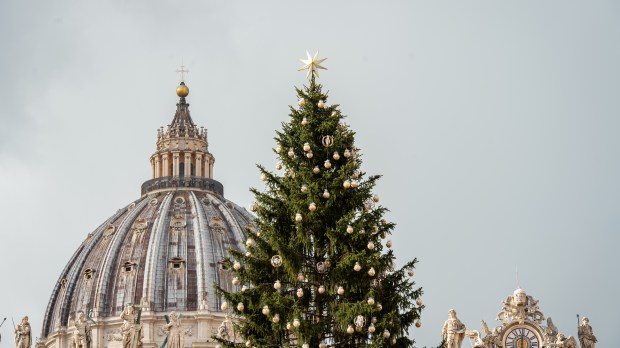The cherished tradition of decorating a Christmas tree with festive ornaments and placing gifts under its branches is surely a hallmark of the holiday season, almost all over the planet. But have you ever wondered about the roots of this iconic practice? In his book, Inventing the Christmas Tree, Bernd Brunner delves into the historical record to trace the origins of the Christmas tree tradition.
The review of the book published by Medievalists.net explains how scattered mentions of Christmas trees in the Middle Ages suggest their gradual integration into seasonal celebrations throughout northern Europe by the 15th century.
The first recorded instances of Christmas trees are shrouded in historical controversy, with Brunner examining evidence from Germany, England, and the Baltic region.
Who did it first?
Brunner’s research points to Freiburg in southwestern Germany as a potential contender, with records from 1419 describing a tree decorated with apples, wafers, gingerbread, and tinsel at the local hospital, courtesy of the Brotherhood of Baker’s Apprentices.
However, a competing claim from Tallinn, Estonia, claims that the first Christmas tree adorned the town hall in 1441 during a festive dance, although the use of the Middle Low German word “bom” introduces ambiguity as it could refer to a decorated pole or mast. Interestingly, plenty of different Christmas logs are still used to celebrate the season. Think, for example, of the Catalan-Occitan tió de Nadal, or the French Bûche de Noël.
While many historical documents about early Christmas trees appear in the 16th century, it’s clear that these traditions had deeper roots. Medievalists.net explains how Brunner notes instances where local authorities enacted laws to protect trees from indiscriminate cutting for seasonal celebrations. In Upper Alsace, a 1561 law allowed citizens to take only “a pine the length of eight shoes” from the forest.
By the 16th century, whole trees or branches had found their way into many homes, marking the enduring popularity of the Christmas tree tradition. Today, as we continue to decorate and light our Christmas trees, we pay homage to a tradition that has connected us to the holiday spirit for centuries.



